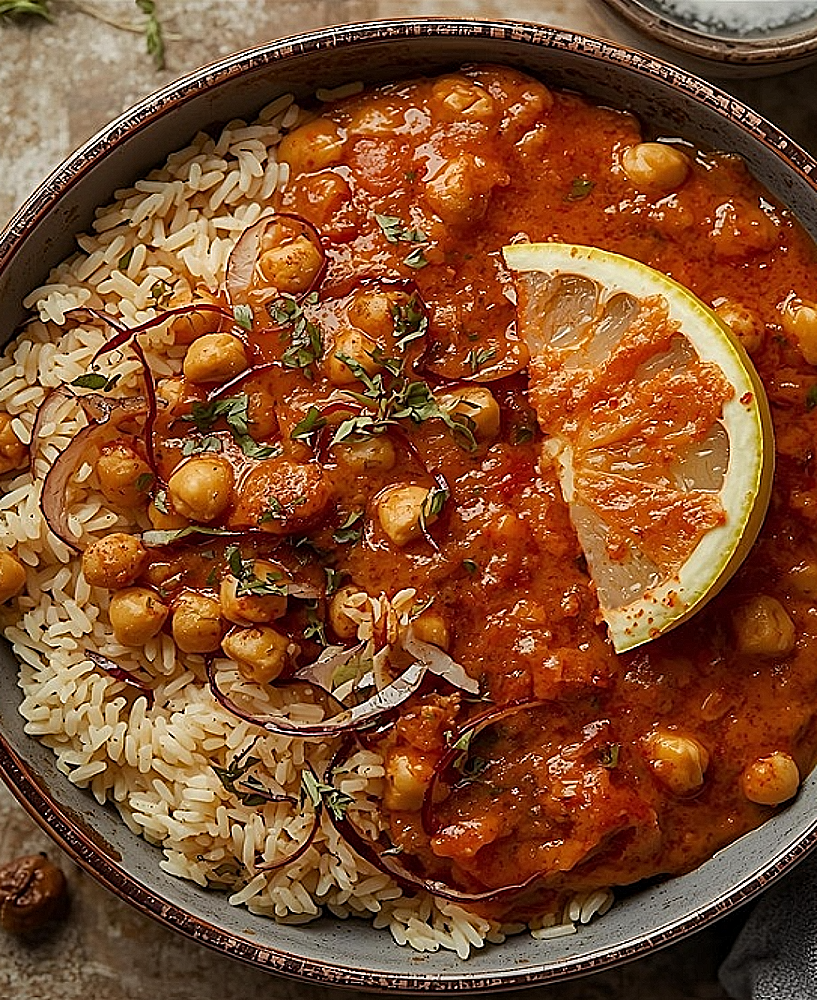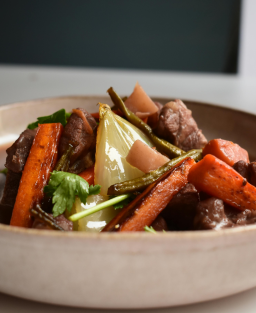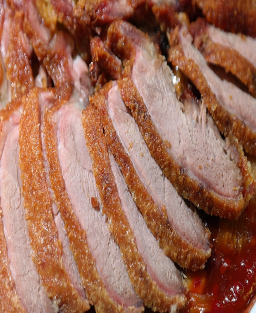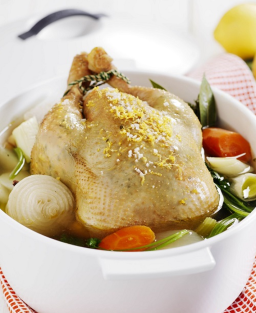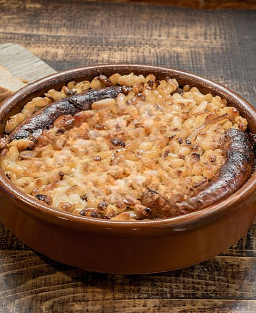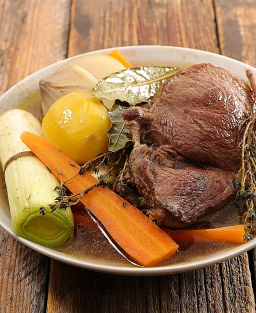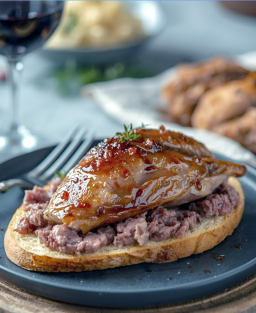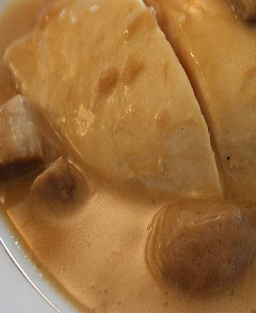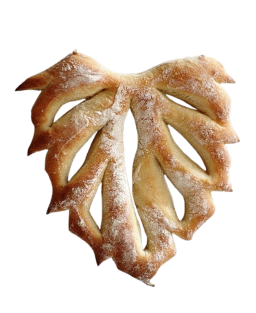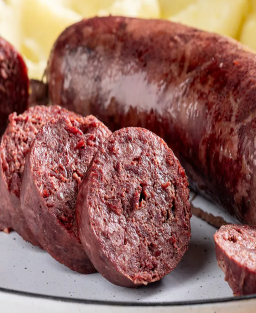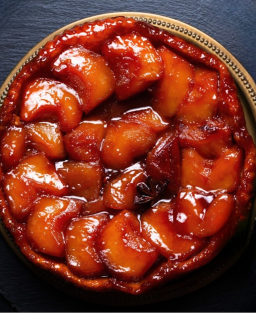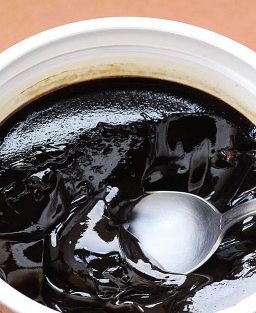Traditional Egyptian Koshari (كشري) National Dish with Pharaonic Roots and Mediterranean Influences
Traditional Egyptian Koshari (كشري)
National Dish with Pharaonic Roots and Mediterranean Influences
Anecdotes / Proverbs
Ancient Rural Arabic
قال الفلاح المصري: «العدس للغني دواء، وللفقير عَشاء»
"Lentils are a remedy for the rich, and a dinner for the poor."
This proverb highlights the essential role of legumes in dietary balance — equally valued in noble households and humble Delta cottages.
Late Coptic Egyptian
Ⲧⲉⲛⲙⲟⲩ ⲛⲧⲉ ⲛⲟϩ ⲛⲁⲩ ⲉⲧⲣⲟⲩⲙⲉ ⲡⲁϩⲟⲩ —
"We live by the bread and grain we bless."
Found in a 4th-century Coptic text, this phrase recalls the sacred role of cereals in Upper Egypt’s agrarian rituals.
Ancient Nilotic Proverb
قالوا على ضفاف النيل: «من بَذَرَ في الطين، جَنَى اليقين»
"He who sows in the mud harvests certainty."
An agricultural saying referring to the fertility of the Nile’s silt, which ensured abundant harvests of rice and wheat — foundations of early Koshari-like dishes.
Egyptian Colloquial Arabic (Modern Popular Saying)
«الكشري يجمع الناس على طبق واحد»
"Koshari brings everyone together in one dish."
A modern Cairo expression evoking the conviviality and social unity embodied by this national meal.
Pharaonic Inspiration
On the walls of the Temple of Dendera, scenes depict communal meals where priests share bread, lentils, and herbs — clear evidence of the collective nature of ancient Egyptian dining. The spirit of these rituals endures today in the humble Koshari bowl.
Legend
According to popular tradition, Koshari was born on the construction sites of the Temple of Luxor, when workers from different regions of Egypt shared their meals at day’s end.
Lacking meat, they combined their leftovers — rice, lentils, and chickpeas — in a single large pot, adding bits of pasta and fried onions.
This simple dish, born from labor and solidarity, became a symbol of unity among the working classes. Over time, it evolved into Egypt’s national dish, enjoyed both in the streets and at home — a reminder of the humble, collective roots of the Egyptian people.
Country / Region
-
Country: Egypt
-
Region: Nile Valley, Cairo
Evolution of the Recipe
From a pharaonic ritual dish made of grains and legumes, Koshari became a popular 19th-century street food, enriched by Italian and Levantine influences.
Historical Background
Koshari (كشري), Egypt’s most emblematic dish, traces its origins to the ancient Egyptian diet.
Pharaonic Egyptians ate daily meals of wheat, lentils, chickpeas, garlic, and onions — foods often offered to Osiris, god of fertility and rebirth, symbolizing the life force of the Nile.
Jars containing grains and legumes have been found in the tombs of Thebes and Saqqara, attesting to their central role in both diet and spirituality.
These simple, nourishing dishes represented prosperity and renewal.
During Greek and Roman rule, they were enriched with olive oil and herbs.
In the Arab-Islamic era, cereal-legume combinations became staples during Ramadan fasting.
In the 19th century, cosmopolitan Cairo gave rise to modern Koshari:
-
1860s: Italians introduced pasta during their commercial expansion in Alexandria and Cairo.
-
1880s: Tomato sauce appeared, brought by Levantine (Syrian and Lebanese) merchants.
-
1910–1920: The dish took its definitive form as a popular street food in Cairo’s bustling neighborhoods.
-
1940s: Koshari became a symbol of national unity, eaten by all social classes.
-
2000s: A new generation of chefs revived Koshari with modern, spiced, and vegan reinterpretations.
Signature Versions by Eight Egyptian Chefs
-
Chef Fathi Abdel Salam (Cairo, 1928): Codified the classic urban version, fixing proportions of rice, lentils, pasta, and chickpeas while keeping its nourishing simplicity.
-
Chef Youssef El-Attar (Alexandria, 1956): Created a spicier northern version with chili-garlic tomato sauce and abundant fried onions.
-
Chef Hoda El-Shennawi (Cairo, 1998): Designed a gourmet version with basmati rice, cumin oil, and date-vinegar tomato reduction.
-
Chef Mahmoud El-Kabbani (Luxor, 1972): Recreated the temple-workers’ rustic version, cooked over wood fire with fresh coriander and lemon juice.
-
Chef Samira Abdel Latif (Assiut, 1985): Introduced a vegan interpretation using cold-pressed olive oil and slow-confited onions.
-
Chef Karim Ben Nasser (Giza, 2003): Modernized presentation with layered Koshari topped with tomato espuma and caramelized onions.
-
Chef Layla Mansour (Port Said, 2010): Added coastal flavors — black-lime reduction and dried coriander.
-
Chef Omar El-Haddad (Cairo, 2020): Created a “luxury street-food” version in a hot glass jar with smoked-paprika tomato sauce.
Professional Recipe Description
Nature: Complete vegetarian dish combining rice, lentils, chickpeas, pasta, and spiced tomato sauce.
Texture: Harmony between soft rice, firm legumes, and crispy onions.
Flavor: Balanced between sweetness, acidity, and warm spice — rustic yet refined.
Ingredients (for 6 professional portions)
-
Long-grain rice – 500 g
-
Green lentils – 300 g
-
Cooked chickpeas – 200 g
-
Pasta (macaroni or vermicelli) – 250 g
-
Yellow onions – 4 large (thinly sliced)
-
Sunflower oil – 100 ml
-
Olive oil – 50 ml
-
Fresh garlic – 5 cloves
-
Ground cumin – 2 tsp
-
Ground coriander – 1 tsp
-
Cinnamon – ½ tsp
-
Peeled fresh tomatoes – 800 g
-
Tomato paste – 50 g
-
Fine salt – to taste
-
Black pepper – to taste
-
Honey – 1 tbsp (optional, for an ancient touch of sweetness)
-
Fresh lemon juice – 20 ml
Preparation (Professional Method)
Preparation time: 45 min
Cooking time: 1 h 10
Mise en place:
Rinse rice, lentils, and chickpeas separately. Drain well. Slice onions evenly. Crush garlic in a mortar.
Cooking:
-
Boil lentils in 4 parts salted water at 90 °C for 25 min. Drain.
-
Cook rice by absorption (1:1.5 ratio).
-
Soak chickpeas 12 h, then cook 1 h 10 at 95 °C.
-
Cook pasta al dente, rinse, and lightly oil.
Spiced Tomato Sauce:
Sauté garlic in olive oil, add tomatoes and paste.
Stir in cumin, coriander, cinnamon, salt, and pepper.
Simmer gently for 20 min.
Fried Onions:
Heat oil to 160 °C. Fry until golden brown. Drain on paper towels.
Assembly:
Layer in a warm dish: rice → lentils → pasta → chickpeas.
Top with tomato sauce, fried onions, and a drizzle of lemon juice.
Regional and Modern Variants
-
Alexandrian Version: Spicier, moister, with date-vinegar tomato sauce and extra chickpeas.
-
Cairene Version: Drier, intense, with abundant crispy onions and concentrated tomato flavor.
-
Upper Egypt (Saïd) Version: Made with cracked wheat or brown rice, rustic, and seasoned with black cumin.
-
Sinai Bedouin Version: Includes red lentils and dried coriander; cooked in a cast-iron pot over wood fire.
-
Modern Gastronomic Version: Features cumin-infused basmati, date-vinegar tomato concentrate, and dome presentation.
-
Port-Said Version: Adds black-lime reduction and fresh mint-coriander herbs.
-
Contemporary Vegan Version: Baked confit onions, olive oil, and smoked-paprika tomato sauce.
Tips and Professional Advice
-
Fry onions twice (140 °C pre-cook, 170 °C browning) for optimal crispness.
-
Keep components separate until plating to preserve texture.
-
Steam lentils and chickpeas before service to maintain firmness.
Service Suggestions
-
Rustic: In a bowl or deep plate, sauce ladled over.
-
Gourmet: Layered in a ring mold, topped with fried onions.
-
Sides: Green salad, lemon wedge, spicy sauce.
Recommended Wines and Drinks
-
Egyptian Wine: Beausoleil Rosé by Gianaclis — light and fruity.
-
Non-alcoholic alternative: Cold hibiscus (karkadé) infusion, lightly sweetened.
Nutritional Values (per 350 g portion)
-
Energy: 520 kcal / 2175 kJ
-
Fat: 12 g
-
Carbohydrates: 85 g
-
Protein: 18 g
-
Fiber: 9 g
-
Allergens: gluten (wheat, pasta)
-
Gluten-free option: brown rice and red lentils.
Glossary
-
Sweat (to): Cook gently in fat without browning.
-
Absorption method: Rice absorbs all its cooking liquid.
-
QS (quantity sufficient): Adjust to taste or need.
-
Dome: Circular, elevated plating style.
-
Mortar: Stone or marble bowl used to crush spices or garlic.







